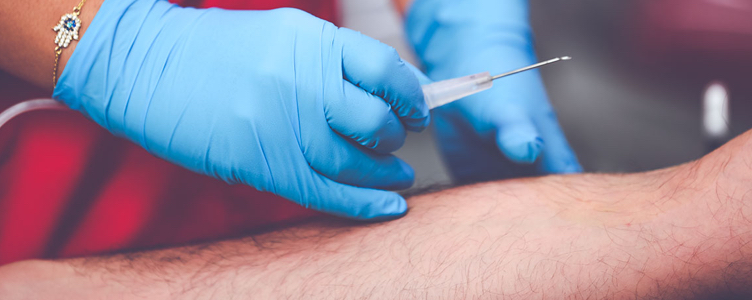KONTARI STREET - SPEARS | BEIRUT, LEBANON
+961-1-372802
FOR EMERGENCIES 140
We take all the necessary steps to ensure our blood supply is safe. Have you ever wondered what happens to the blood unit you donated at the LRC?
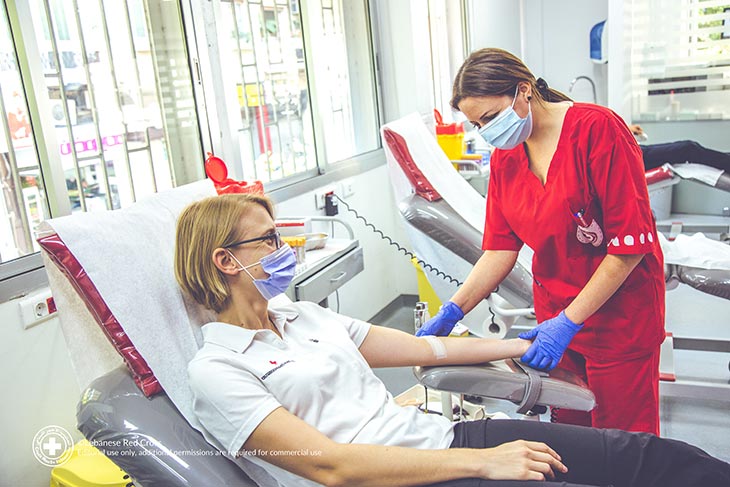
The tubes are taken for testing and the whole blood unit is taken to the processing lab.
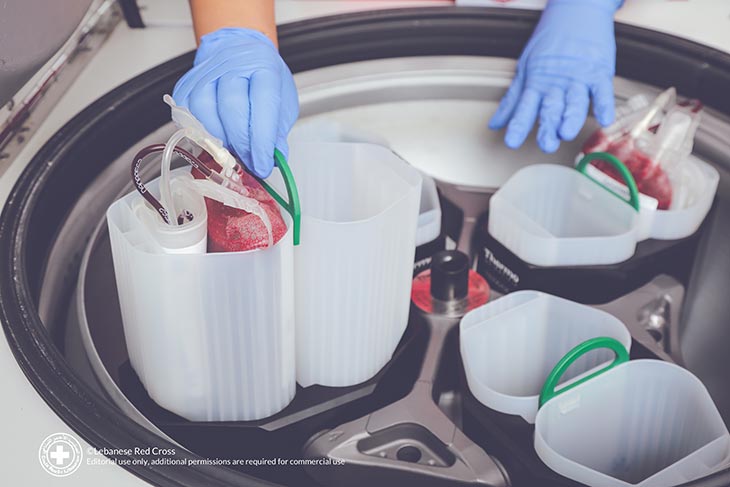
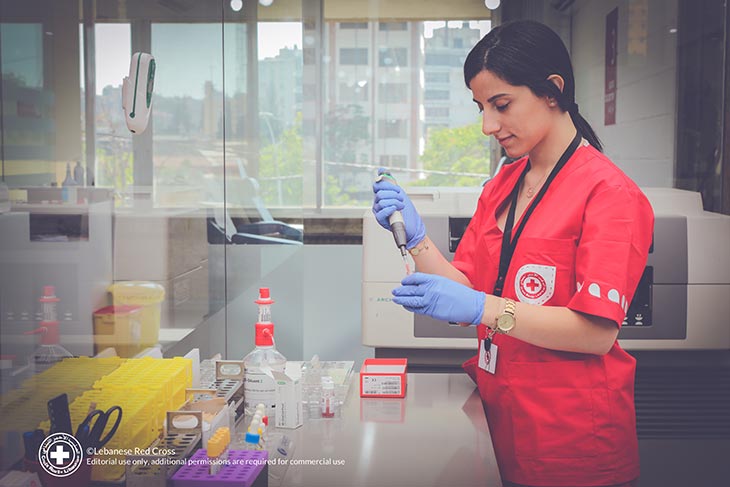
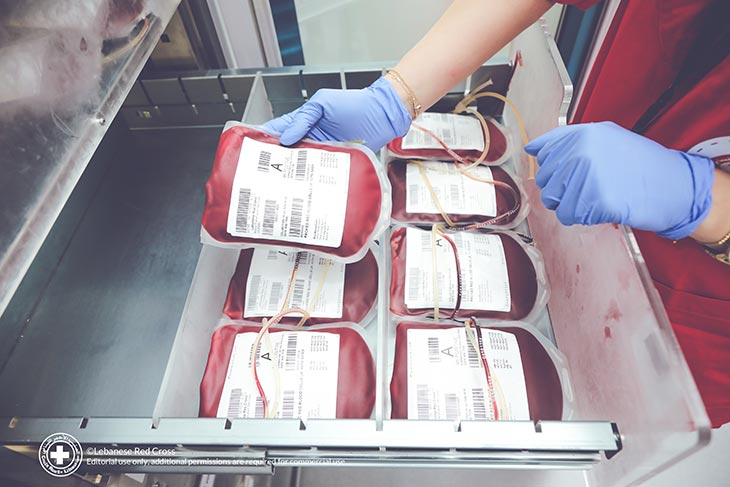
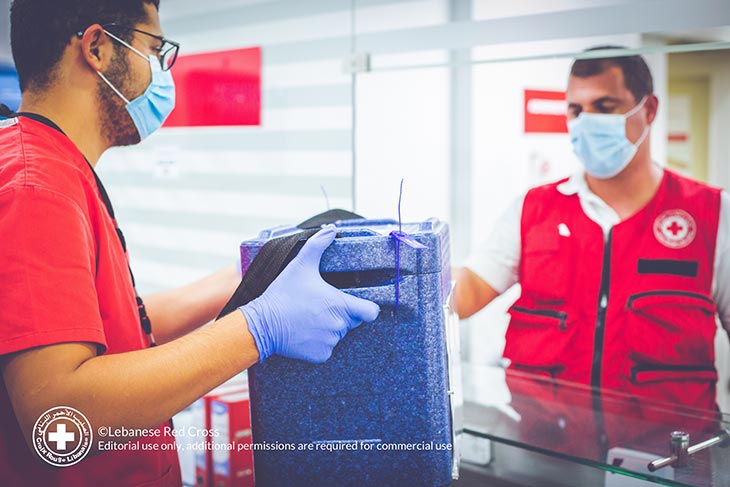
Blood is available to be delivered 24 hours a day, 7 days a week
